Does Your Smartphone Really Need a Screen Protector?
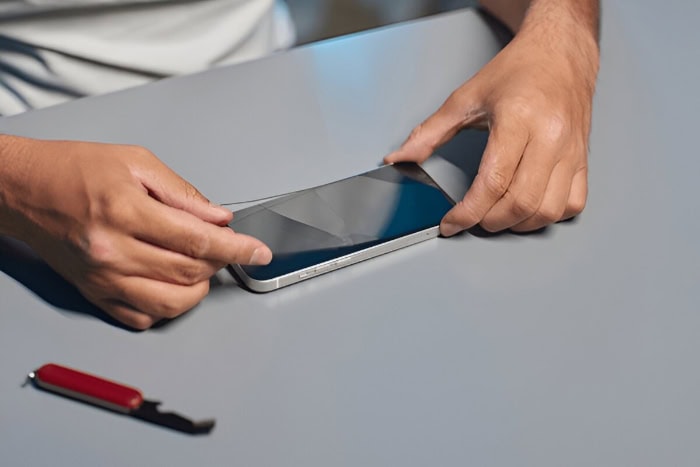
Your smartphone's screen is a technological marvel—a sleek, responsive surface that brings the digital world to your fingertips. However, this impressive display is also one of the most fragile components of your device, susceptible to scratches, cracks, and shatters.
Enter the screen protector: a thin, transparent layer designed to absorb impacts and preserve your screen's pristine condition. But in an era where smartphone manufacturers boast about their devices' durability, are these aftermarket accessories still worth the investment?
Some argue that modern smartphones are resilient enough to withstand everyday wear and tear, while others swear by the added peace of mind a screen protector provides.
Evolution of Smartphone Screen Technology
One of the most notable developments in smartphone screen technology has been the introduction of specialized glass designed to withstand the rigors of daily use. Corning's Gorilla Glass, first introduced in 2007, has become a standard feature in many high-end smartphones.
This chemically strengthened glass offers improved resistance to scratches and impacts compared to traditional glass.
Gorilla Glass has undergone several iterations, with each version offering enhanced durability. The latest versions, such as Gorilla Glass Victus 2, claim to survive drops from greater heights and resist scratches from harder materials.
Apple, on the other hand, has developed its own proprietary technology called Ceramic Shield for its recent iPhone models. This material, introduced with the iPhone 12 series, incorporates ceramic nanocrystals into the glass matrix, resulting in a display that Apple claims is four times more resistant to damage from drops compared to previous models.
These advancements have significantly reduced the likelihood of screen damage from everyday accidents, potentially reducing the need for additional screen protection.
Built-in Protective Features of Modern Smartphones
Beyond the glass itself, modern smartphones incorporate various design elements to enhance screen durability. Many devices now feature raised bezels or slightly recessed screens, which help protect the display when the phone is placed face-down on a surface.
Water and dust resistance have also become standard features in many smartphones. While not directly related to screen protection, these features contribute to the overall durability of the device and can prevent damage from environmental factors that might otherwise affect the display.
Older vs. Newer Smartphone Screens
The difference in durability between older and newer smartphone screens is substantial. Early smartphones often used standard glass that was prone to shattering from relatively minor impacts.
Scratches were also a common issue, with many users finding their screens marred by keys or coins in their pockets.
Modern smartphones, by contrast, can withstand significantly more abuse. Drop tests conducted by various tech reviewers have shown that newer models can often survive falls that would have shattered the screens of their predecessors.
Scratch resistance has also improved dramatically. While no screen is entirely scratch-proof, newer models can often resist scratches from common materials like keys or coins, which would have easily marked older screens.
However, it's important to note that while modern screens are more durable, they are not indestructible. High-impact falls or contact with very hard materials can still cause damage.
Additionally, the larger screen sizes and edge-to-edge designs of many current smartphones can make them more vulnerable to damage in certain types of impacts.
Benefits of Using Screen Protectors
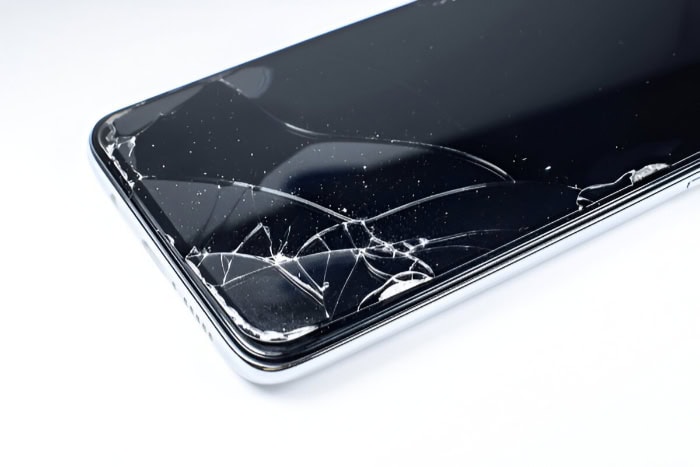
While modern smartphone screens are more durable than ever, many users still opt for the added protection provided by screen protectors. These thin, transparent layers can offer numerous benefits, from preventing scratches and cracks to enhancing privacy and reducing eye strain.
Improved Scratch Resistance
One of the primary benefits of using a screen protector is the added scratch resistance it provides. Even with the advanced glass used in modern smartphones, scratches can still occur from contact with abrasive materials like sand, grit, or hard objects in your pocket or purse.
Screen protectors, particularly those made from tempered glass or high-quality plastic, can absorb these scratches, keeping your actual screen pristine. This added layer of protection can be especially beneficial for users who frequently carry their phones in environments where scratches are more likely to occur, such as construction sites or beaches.
Increased Impact Protection
While screen protectors are primarily designed to prevent scratches, they can also offer some degree of impact protection. When a phone with a screen protector is dropped, the protector can absorb some of the impacts and potentially prevent the screen from shattering.
It's important to note that screen protectors are not a foolproof solution against impact damage. A severe drop can still cause the screen to crack or shatter, even with a protector in place.
However, in many cases, the protector can help minimize the damage, potentially saving the screen from more extensive cracks or shatters.
Maintaining Resale Value
A smartphone with a flawless, scratch-free screen is more attractive to potential buyers and can command a higher resale value. By using a screen protector, you can help keep your phone's screen in pristine condition, which can be a significant advantage when it comes time to sell or trade in your device.
Even if you don't plan on selling your phone, a screen protector can help maintain its overall appearance and functionality. Scratches and cracks can not only be unsightly but can also interfere with touch sensitivity and visibility, impacting your overall user experience.
Added Features and Functionality
In addition to protection, some screen protectors offer specialized features that can enhance your smartphone experience. For example, privacy screen protectors use a polarized filter to limit the viewing angles of your screen, making it difficult for others to see your display from the sides.
This added privacy can be particularly useful in public spaces or when working with sensitive information.
Other screen protectors incorporate blue light filtering technology, which can help reduce eye strain and improve sleep quality by limiting exposure to the blue light emitted by smartphone screens. This feature can be especially beneficial for users who spend long hours looking at their devices.
Anti-glare screen protectors are also available, which can minimize reflections and improve screen visibility in bright environments. This can be particularly useful for users who frequently use their phones outdoors or in well-lit spaces.
Potential Drawbacks of Screen Protectors
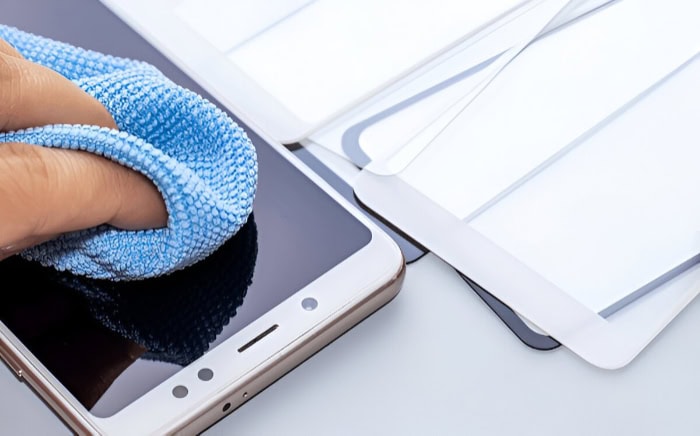
While screen protectors offer numerous benefits, they are not without their drawbacks. Some users find that these protective layers can negatively impact their smartphone experience in various ways.
Reduced Display Clarity and Responsiveness
One of the most common complaints about screen protectors is their potential to diminish the visual quality of a smartphone's display. Many users invest in high-end devices with vibrant, high-resolution screens, and adding an extra layer can sometimes interfere with this visual experience.
Lower-quality screen protectors, particularly those made from plastic, can create a slight haze or reduce the overall clarity of the display. This effect can be particularly noticeable on devices with high pixel densities or OLED screens, where color accuracy and contrast are selling points.
Additionally, some screen protectors can affect the touch sensitivity of the device. While most modern screen protectors are designed to be highly responsive, there can still be a slight decrease in sensitivity, especially with thicker protectors.
This can result in missed taps or swipes, which can be frustrating for users accustomed to the responsiveness of their bare screens.
Application Difficulties and Aesthetic Issues
Applying a screen protector can be a challenging process, even for those with steady hands. Many users struggle to align the protector perfectly with their device's screen, often resulting in slightly off-center placement or misalignment with the edges of the display.
One of the most frustrating aspects of screen protector application is the formation of air bubbles. These bubbles can be difficult to remove completely and can detract from both the appearance and functionality of the device.
While many protectors come with tools to help smooth out bubbles, achieving a perfectly smooth application can be time-consuming and may require multiple attempts.
Even when applied correctly, screen protectors can sometimes affect the aesthetic appeal of a smartphone. The edges of the protector may be visible, particularly on devices with curved or edge-to-edge displays.
Some users find this detracts from the sleek, seamless look of their devices.
Compatibility Issues with Cases and Curved Screens
As smartphone designs have evolved, screen protectors have faced new challenges in terms of compatibility. Many modern smartphones feature curved or edge-to-edge displays, which can be difficult to cover effectively with a flat screen protector.
Curved screen protectors have been developed to address this issue, but they often come with their own set of problems. They can be more difficult to apply correctly, may not adhere as well to the edges of the screen, and can be more prone to peeling over time.
Another compatibility issue arises with phone cases. Some cases, particularly those designed for maximum protection, can interfere with screen protectors.
The edges of the case may push against the protector, causing it to lift or bubble around the edges. This can not only affect the appearance of the device but also reduce the effectiveness of the protector.
Users who frequently switch between cases or prefer to use their phone without a case may find that their screen protector becomes damaged or loses its adhesion more quickly. This can necessitate more frequent replacements, adding to the overall cost and inconvenience of using a screen protector.
Types of Screen Protectors
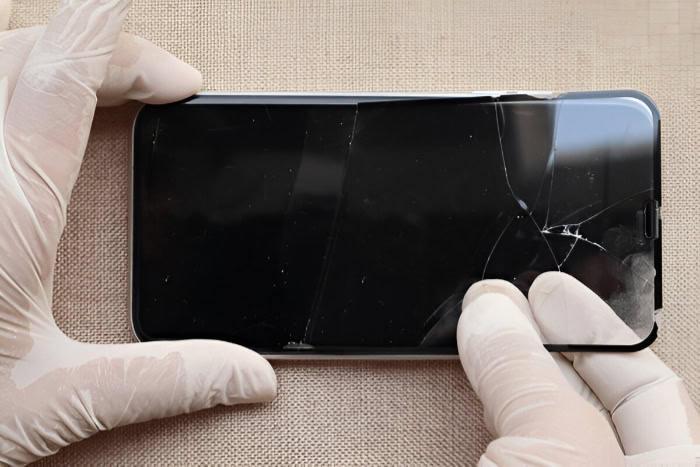
Screen protectors come in various materials, each with its own set of advantages and disadvantages. The three most common types are tempered glass, PET (Polyethylene Terephthalate), and TPU (Thermoplastic Polyurethane).
Tempered Glass Protectors
Tempered glass screen protectors have gained popularity in recent years due to their superior feel and protection. These protectors are made from specially treated glass that has been heated and cooled rapidly to increase its strength.
Tempered glass protectors offer excellent clarity, closely mimicking the look and feel of the original screen. They provide strong protection against scratches and impacts, often absorbing the force of a drop and shattering instead of your phone's actual screen.
This sacrificial protection can save your device from costly repairs.
The smooth surface of tempered glass also maintains the touch sensitivity of your device, allowing for a user experience that's very close to using the bare screen. Many users appreciate the premium feel of glass protectors, which can be almost indistinguishable from the phone's original screen.
However, tempered glass protectors are typically thicker than their plastic counterparts, which can be noticeable on the device. They are also generally more expensive than other types of screen protectors.
Despite the higher cost, many users find the investment worthwhile for the superior protection and feel.
PET (Polyethylene Terephthalate) Protectors
PET protectors are made from a thin, flexible plastic material. They are one of the most affordable options available and are known for their clarity and scratch resistance.
These protectors are extremely thin and lightweight, making them less noticeable on the device. They're also highly transparent, allowing for excellent screen clarity. PET protectors are resistant to scratches and fingerprints, helping to keep your screen looking clean.
However, PET protectors offer limited impact protection compared to tempered glass. They're better suited for preventing scratches than protecting against drops.
Some users also find that PET protectors can affect touch sensitivity slightly, though this is usually minimal.
One advantage of PET protectors is their durability in terms of not shattering or cracking. Unlike tempered glass, which can break under severe impact, PET protectors will typically only dent or scratch, continuing to provide some level of protection.
TPU (Thermoplastic Polyurethane) Protectors
TPU protectors offer a middle ground between PET and tempered glass. They're made from a soft, flexible plastic that has self-healing properties, meaning minor scratches can disappear over time.
The flexibility of TPU protectors makes them easier to apply without air bubbles, a common issue with other types of protectors. They also provide good impact absorption, offering more drop protection than PET protectors, though not as much as tempered glass.
TPU protectors are generally more durable than PET in terms of long-term use. They resist yellowing and are less likely to peel at the edges over time.
However, they may not offer the same level of clarity as PET or tempered glass protectors, and some users find they have a slightly rubbery feel.
Comparing Durability, Clarity, and Price
When it comes to durability, tempered glass protectors offer the best protection against both scratches and impacts. TPU protectors come in second, with their self-healing properties and good impact resistance.
PET protectors, while durable in terms of not shattering, offer the least protection against severe impacts.
For clarity, tempered glass and PET protectors are typically the best, offering a viewing experience very close to that of an unprotected screen. TPU protectors may slightly reduce clarity, especially if the self-healing properties have been activated.
In terms of price, PET protectors are usually the most affordable, followed by TPU protectors. Tempered glass protectors are generally the most expensive, but many users find the cost justified by the superior protection and feel.
Factors to Consider When Choosing a Screen Protector
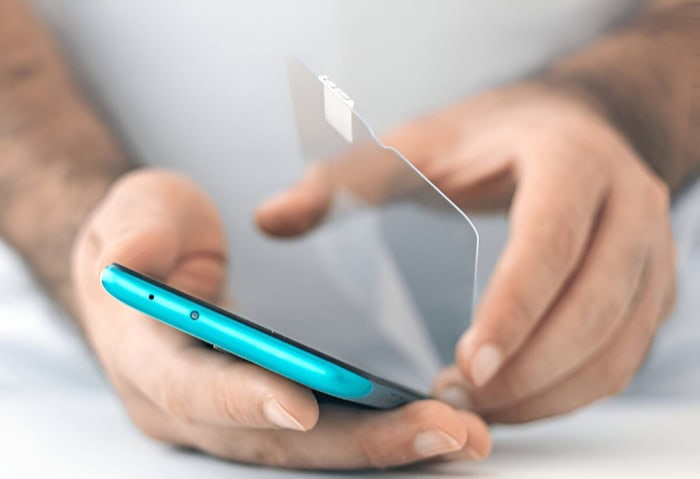
Deciding whether to use a screen protector and which type to choose involves weighing several factors. Your smartphone model, personal habits, environment, budget, and preferences all play a role in determining the best protection strategy for your device.
Device Specifications and Built-in Safeguards
The first step in deciding on a screen protector is to consider your specific smartphone model and its inherent durability. Modern smartphones often come with advanced screen technologies that offer improved resistance to scratches and impacts.
For example, many high-end devices use Corning Gorilla Glass or similar hardened glass that provides significant protection against everyday wear and tear. Some manufacturers, like Apple with its Ceramic Shield technology, claim their screens are more durable than ever before.
However, it's important to note that while these built-in protections are impressive, they're not infallible. Even the most advanced screens can still be scratched or shattered under certain conditions.
Research your phone's specific screen technology and its reported durability to gauge how much additional protection you might need.
Additionally, consider the design of your device. Phones with curved or edge-to-edge displays may require special types of screen protectors or may be more challenging to protect effectively.
Daily Use and Environmental Factors
Your personal usage habits and the environments where you frequently use your phone are crucial factors in determining your need for a screen protector. Consider the following questions:
Do you often carry your phone in a pocket or bag with other items that could scratch the screen? Are you frequently outdoors or in environments with sand, dust, or other abrasive materials? Do you work in a field where your phone is at higher risk of drops or impacts?
If you're generally careful with your phone and mostly use it in low-risk environments, you might be comfortable relying on your device's built-in protection.
However, if you lead an active lifestyle, work in challenging environments, or simply tend to be accident-prone, a screen protector could provide valuable additional safeguarding.
Financial Considerations: Protection vs. Repair Costs
When deciding on a screen protector, it's worth considering the potential costs of screen repair or replacement versus the price of protection. Screen protectors range from a few dollars for basic models to $50 or more for high-end options.
In contrast, replacing a smartphone screen can be significantly more expensive, often costing hundreds of dollars, especially for newer or high-end models. Even if you have phone insurance, you may still need to pay a deductible for screen repairs.
Consider your budget and risk tolerance. If the cost of a potential screen replacement would be a significant financial burden, investing in a quality screen protector might be a wise decision.
On the other hand, if you're confident in your ability to avoid damage and are willing to take the risk, you might choose to forgo the extra protection.
Visual Appeal and Tactile Experience
The aesthetic and tactile aspects of using a screen protector are important considerations that are often overlooked. Some users find that screen protectors detract from the visual appeal of their devices, particularly if they're not applied perfectly or develop bubbles over time.
Additionally, screen protectors can alter the feel of your device's screen. While high-quality protectors aim to mimic the smooth feel of bare glass, there's often a noticeable difference.
Some users find this change in texture bothersome, while others barely notice it.
Consider how important the look and feel of your device are to you. If you highly value the aesthetic and tactile experience of your smartphone, you might lean towards skipping a screen protector or choosing a high-end option that minimizes visual and tactile changes.
Conclusion
Screen protectors have evolved alongside smartphone technology, offering users an additional layer of defense against the scratches, cracks, and shatters that can mar our most-used devices. While modern smartphones boast increasingly durable screens, the decision to apply a screen protector remains a personal one, influenced by various factors such as device specifications, individual usage patterns, environmental risks, and aesthetic preferences.
By weighing the potential benefits, like improved scratch and impact resistance, against the possible drawbacks, such as altered screen clarity and touch sensitivity, users can determine whether a screen protector aligns with their needs and priorities.
Moreover, understanding the different types of screen protectors available—from tempered glass and PET to TPU—empowers consumers to select the option that best balances their desired level of protection with cost and user experience considerations.
While there is no universal answer to the question of whether a smartphone needs a screen protector, careful reflection on one's unique circumstances can guide users toward a choice that offers the right blend of safeguarding and seamless functionality for their prized devices.


